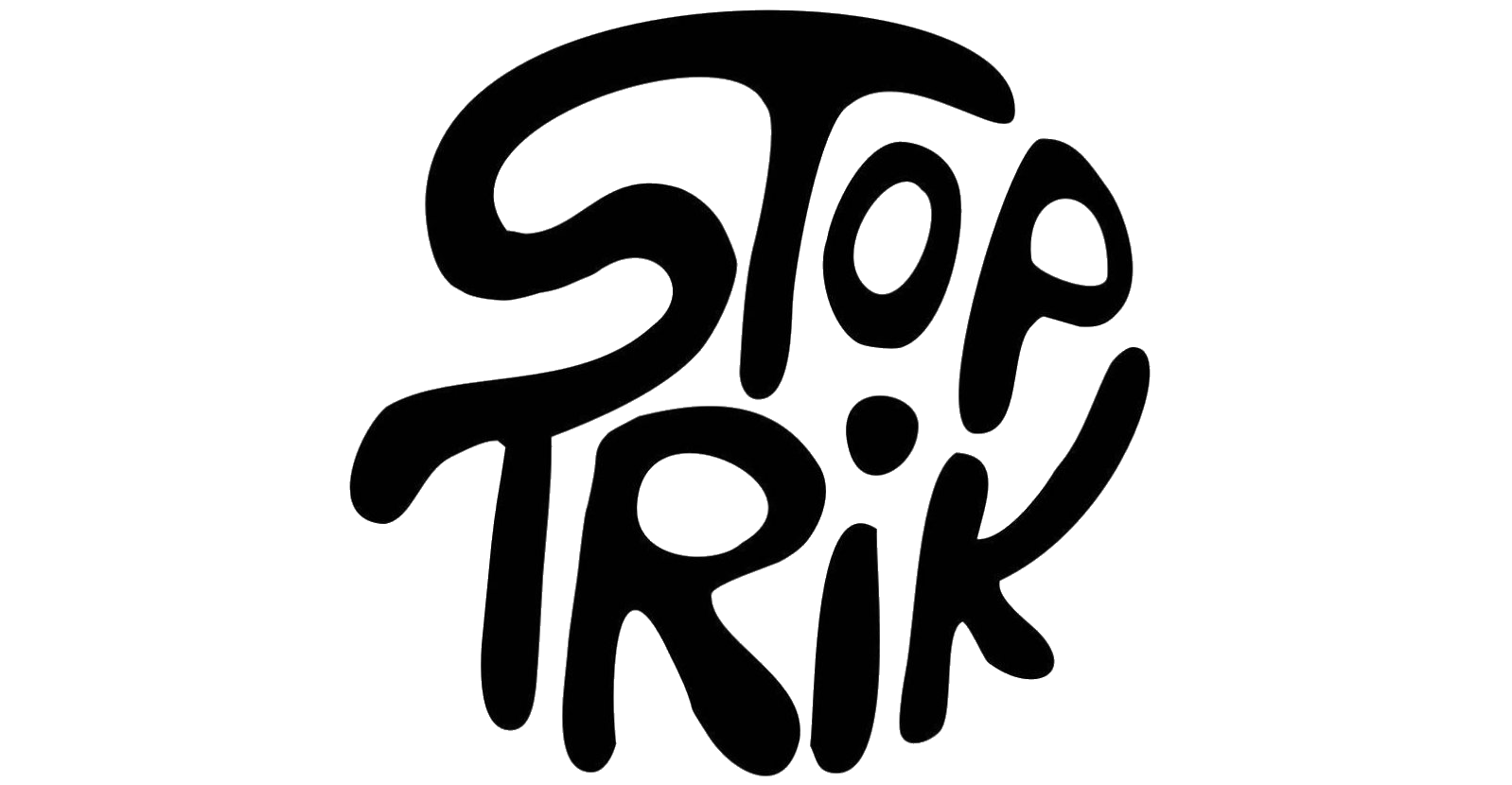12th StopTrik IFF: Looking for Doppelgänger
StopTrik IFF is a festival which cherishes stop motion animation, affirms critical reception of animated film art, and encourages the Viewers to look at the silver screen with deep, humanistic curiosity.
This year we suggest to treat animated film as one of the elements in a wide cultural reservoir representing a paradoxical, eerie, and ultimately fascinating figure of a doppelgänger – a double, a shadow, a sinister twin, if you will… A physical or psychological double, belongs to universal and timeless themes of various narrative traditions. The figure of a dark twin or a spiritual alter ego, understood as a mirror reflection (identical yet opposite), represents the intrinsic duality of the 'self' and allows to depict the tension between its conflicted sides: the revealed and the hidden, the dominant and the subordinate, the sacred and the profane.
The Self, the Double, and the Unknown: Looking for Doppelgänger
Such are interpretive premises found in the programme that will open StopTrik 2022 in Maribor: ‘The Self, the Double, and the Unknown: Looking for Doppelgänger’ curated by StopTrik directors, Olga Bobrowska and Michał Bobrowski. The world animation masterpiece (no. 1 in the ASIFA 50/50 poll of 2010), Jan Švankmajer’s DIMENSIONS OF DIALOGUE (Možnosti dialogu, 1982) inaugurates this selection and establishes basic recognitions of a double figure as intrinsically antagonistic force which is driven both by a need of destruction and creation. Švankmajer’s metaphysics is juxtaposed with a more down-to-earth approach of Yevhen Syvokin’s LAZINESS (Linʹ / Лінь, 1979). Coming from the Ukrainian animation master, this bitter anecdote uses the double metaphor to depict the mechanisms of domination and subordination. Following programming stretches between disturbing, psychological drama and ironical grotesque.
There’s Always Another Side
In her programme ‘There’s Always Another Side’, Naima Alam (PhD candidate, Institute of Media Studies, University of Tübingen, Germany) explores the concepts of post-colonial mockery and cultural dualisms. Departing from the works of the Indian author Nina Sabnani (THE BARTER, 1984; IT’S THE SAME STORY, 2011), Alam suggestively paints a panorama of various experiences related to the mechanism of mimicry (the category crucial in analysis of the complex and ambiguous relationships between colonizer and colonized) found on the continuum – from submission (PADRE, dir. Santiago Bou Grasso, Argentina) to rebellion (SOUP, dir. Sebastian Quispe Robles, Peru). Emigration, a life-changing, estranging, and frequently traumatic experience is considered as yet another angle of this everlasting theme (THE COIN, dir. Song Siqi, China/USA; FISHBOY, dir. Anita Bruvere, Latvia/UK).
Doppelgänger retrospective
StopTrik’s ‘Doppelgänger retrospective’ concludes with an award-winning feature THE NOSE OR THE CONSPIRACY OF MAVERICKS (dir. Andrey Khrzhanovsky). This masterful cut-out is a loose adaptation of Nikolai Gogol’s “The Nose” (1836, one of the most iconic cultural representations of the ‘double’ figure) and Dmitri Shostakovich’s opera of the same title (1928). Khrzhanovsky’s film deconstructs the mechanisms of power in imperial and Soviet Russia. Intellectuals and ideologists, artists and average citizens – they all perform their functions in a totalitarian machine of production and control. The film premiered in 2020 but in the light of the war which the Russian Federation wages now in Ukraine, its resonance seems even grimmer - as if the film anticipated forthcoming of terror, ideological brainwashing, and inevitability of sorrowful exiles.

